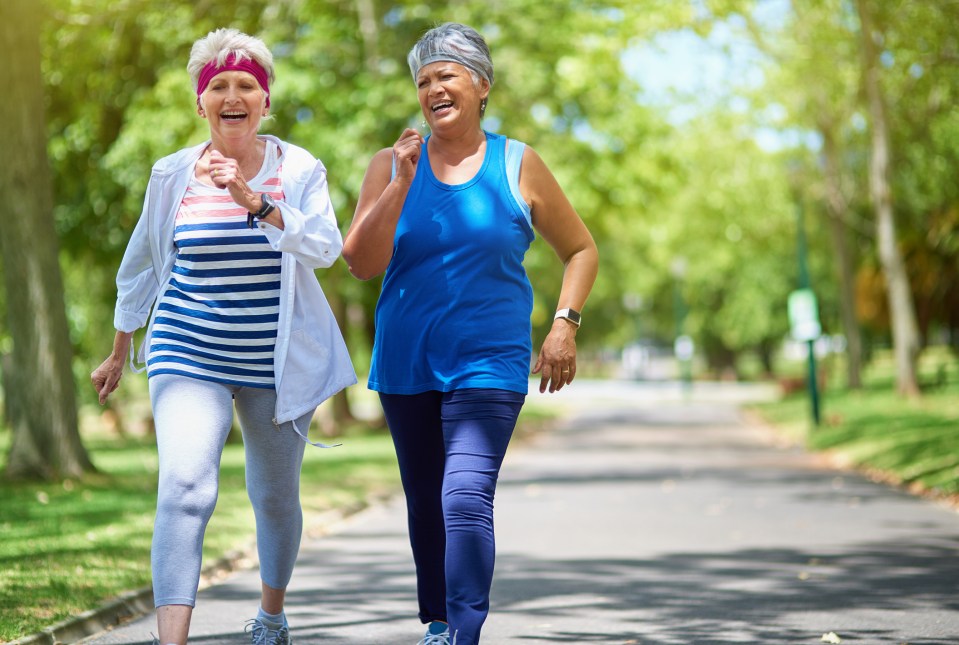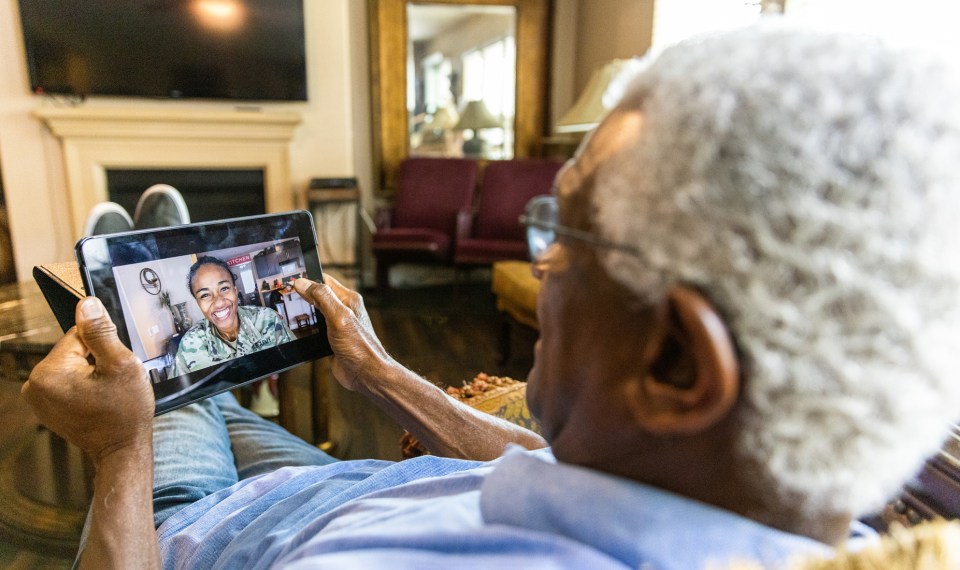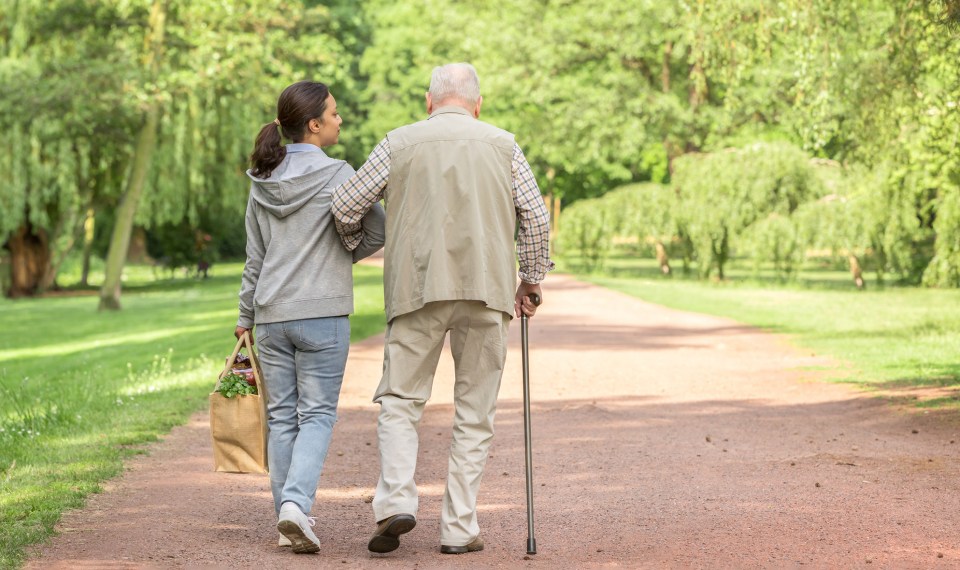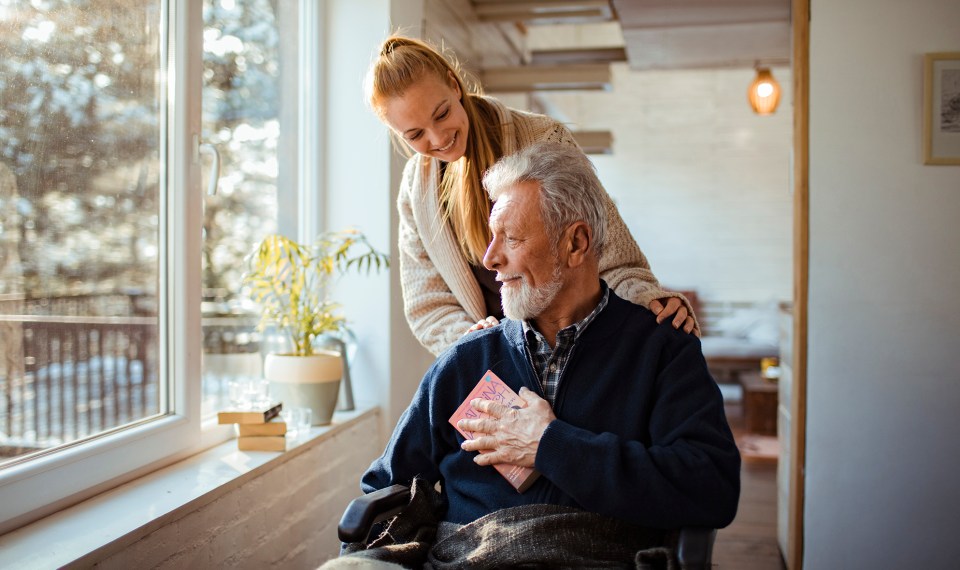Staying active is an important part of health at any age, but after age 60 the physical, mental and emotional benefits of exercise are numerous. If you have already been following an exercise program, you are ahead of the curve. But even if you’ve never been active, you can still improve your health and wellbeing through exercise.
Benefits of Staying Active as You Age
Whether you are currently enjoying good health or suffer from heart disease, obesity, high blood pressure, arthritis or other issues, routine exercise can pave the path to a healthier you. A few of the health benefits of moderate daily exercise include:
- Improving bone density and preventing bone loss. Strength training has been shown to reduce bone loss that occurs with aging and improve bone density. Strong bones lessen the risk of fracture, improve balance and reduce the risks of falls.
- Helping decrease arthritis pain. Low-impact activities along with range-of-motion exercises and strength training can improve joint stiffness and inflammation while strengthening surrounding muscles.
- Aiding in the management of chronic health conditions. Daily exercises can help you manage diabetes, high blood pressure, arthritis, and high cholesterol. Often, seniors can reduce their medications or better control these chronic conditions simply by following a regular exercise program. Just be sure to ask your doctor before jumping into an exercise routine.
- Boosting your mood. Endorphins and other hormones released by exercise make you feel happier and less stressed.
- Improving cognitive function. Studies have indicated physical exercise can reduce the risk of dementia and cognitive impairment.
Staying Safe While Exercising
You have probably heard it before, but if you are over 60, it is important to check with your doctor before starting a new exercise program. This is especially true if you have health issues such as high blood pressure, arthritis, diabetes, or other conditions that require medical management. Other safety tips for exercising as a senior include:
- Using support. Strengthening and balance exercises are extremely helpful in preventing falls, building strength and improving balance, but always remember safety first. If you feel you lack the strength to stand safely, start in a sitting position and build from there. Once you can stand, use the back of a chair for support and maintain correct posture.
- Maintaining proper positioning. When standing, line your feet up with your hips and shoulders to form a sturdy base and never push yourself to do more than you feel comfortable doing.
- Warming up. It can be tempting to skip this step and jump right into exercises, but just a few minutes of warm up such as walking in place for 5 to 10 minutes before exercising can warm muscles and help prevent injury.
- Stretching after exercise. Stretching after your workout has numerous benefits. It increases flexibility, improves circulation, helps relax your muscles and improves range-of-motion over time.
- Choosing a comfortable environment. Avoid working out in extreme temperatures and high humidity. Your body becomes less tolerant of heat and cold as you age. Alternating between indoors and outdoors can help lessen the monotony of your exercise routine, but exercising in a climate-controlled environment is advised when temperatures soar or dip.
- Staying hydrated. It is extremely important to stay well hydrated before, during, and after exercise. Good hydration can reduce fatigue, improve performance and boost brain function. Monitoring your urine is one way to measure hydration. Aim for urine that is light yellow. Dark urine indicates dehydration while completely clear urine could mean you are overhydrating. And don’t forget to listen to your body. If you are thirsty—drink.
- Dressing for the task. Don’t underestimate the importance of the right workout gear. If you are a woman of a certain age, a good sports bra can prevent discomfort or injury. Look for one that zips or hooks in the front and offers good support. Make sure clothing fit is comfortable—not too loose and not so tight it is restrictive. Look for pants that are the proper length to reduce fall risk, and consider synthetic fabrics that wick moisture away from the body. Buy sneakers in a store, if possible, instead of ordering online to ensure you are properly fitted. Also, remember to match your shoes to the activity. Shoes made for running or walking are different than those requiring lateral movement such as tennis. The wrong shoes could increase your risk of injury.
Designing Your Exercise Program
The best exercise routine is one that you will stick with. Think about the type of exercise you enjoy along with areas you would like to strengthen or improve. If you are an outdoorsman, a gym membership may not be appealing, but keep in mind that variety can break the monotony of a daily routine. Consider activities you can do indoors on days when the weather is not conducive to outdoor exercise, or focus on specific muscle groups certain days of the week. Below are some tips for getting the most benefit out of exercise in your 60s and beyond:
- Stretches. Daily (or at least two days a week) stretching can relieve aches and pains and increase flexibility. There are many simple stretches you can do at home with no special equipment. Focus on neck, arm, shoulders, legs and back. To prevent injury when stretching remember not to bounce and don’t force the stretch to the point of pain.
- Aerobic exercises. These are exercises that use your large muscles rhythmically and increases your breathing and heart rate over an extended period. Walking, chair yoga, water aerobics, swimming and biking are just a few examples of aerobic exercise. Aim to build up to 150 minutes of aerobic exercise each week.
- Strength training. Muscle mass loss is common with aging. Building a strong core and muscle strength reduces the risk of falls and keeps you moving. Resistance bands, light weight dumbbell routines (1 to 25 pounds depending on your health and ability) and sit/stand exercises are some examples of exercises that improve strength. It is always advised to start with low weights and build gradually as strength improves.
- Low-impact exercise options. Pilates is a low-impact form of exercise that strengthens the core and improves balance. Tai Chi is also popular with seniors because the gentle movements are easy on the joints and overtime can improve strength, flexibility, balance and range-of-motion.
Exercises Seniors Should Avoid
Some exercises can be risky for older adults and are not recommended. These include:
- Certain weightlifting routines. Any exercises that place your body under the weights with nothing to support or stop them such as bench presses and barbell squats could put you at risk for injury. Deadlifts, weighted squats and leg presses are also not advised but that does not mean all weight training is bad. Light weight dumbbells, resistance bands and medicine ball workouts can build strength without the high risk of injury.
- Abdominal crunches or sit-ups. This type of exercise places unnecessary strain on the neck and spine and can lead to injury. Many fitness experts don’t recommend them at any age, but for older adults they are a no go.
- Long-distance running. Running can take a toll on your foot, ankle and knee joints. By placing much of the body’s weight on one leg at a time, you are increasing your chance of joint pain and injury. Opt instead for a walk, slow jog or move indoors to a treadmill.
Activities/Hobbies to Improve Mind, Body and Spirit
Staying active is more than exercise and physical health. Keeping your mind sharp and pursuing life-long learning makes for a richer, more fulfilling life. Finding hobbies and activities you enjoy enhances your life. There are endless opportunities for adults of all ages depending on your interests. Consider the following activities or challenge yourself to try something you have always wanted to try:
- Learn to knit or crochet
- Take a class in computer coding
- Join a local theatre group
- Participate in a sport such as golf, join a walking club or take a self-defense class
- Do crossword puzzles, jigsaw puzzles or sudoku
- Learn calligraphy
- Develop your green thumb by gardening
- Sign-up for a dance or art class
- Consider journaling or scrapbooking
- Utilize your local library and catch up on your reading
- Volunteer
- Learn to play an instrument
- Take up birdwatching
- Try your hand at origami
Nurturing your mind and body boosts your mental and physical health. It is never too late to learn a new skill or develop untapped creativity. Look at retirement as an opportunity to grow in ways you’ve always wanted. You may find that the best is yet to come.
The content of this site is for informational purposes only and should not be taken as professional medical advice. Always seek the advice of your physician or other qualified healthcare provider with any questions you may have regarding any medical conditions or treatments.



